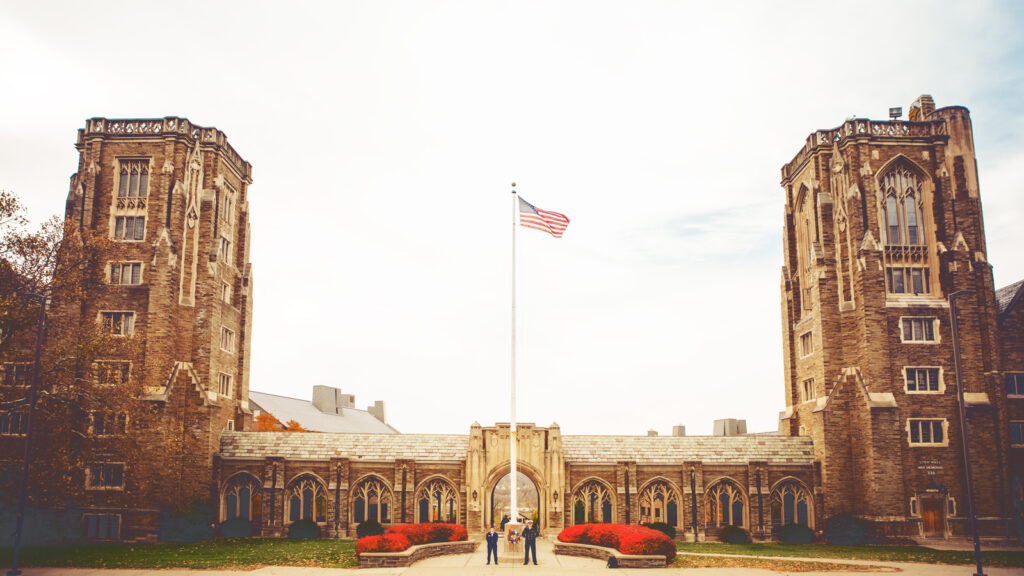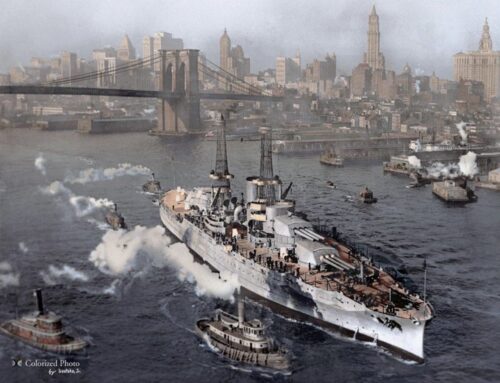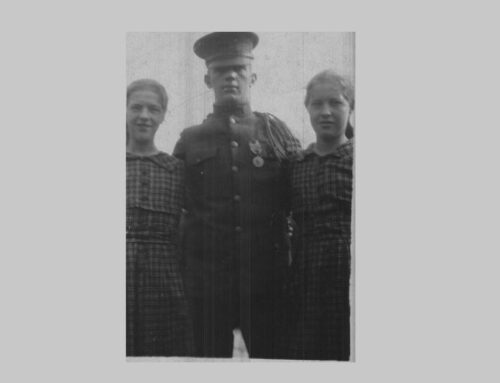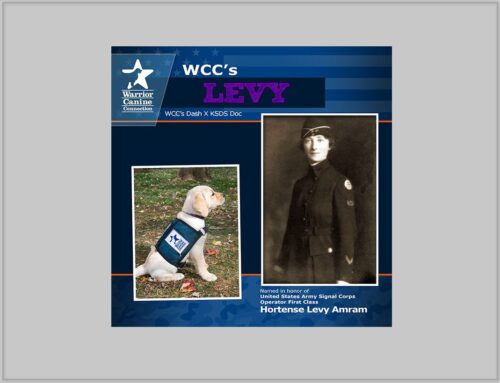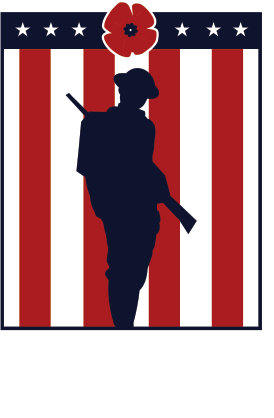Campus Memorials Pay Tribute to Cornellians Lost in Wartime
Published: 19 May 2025
By Joe Wilensky
via the Cornell University website
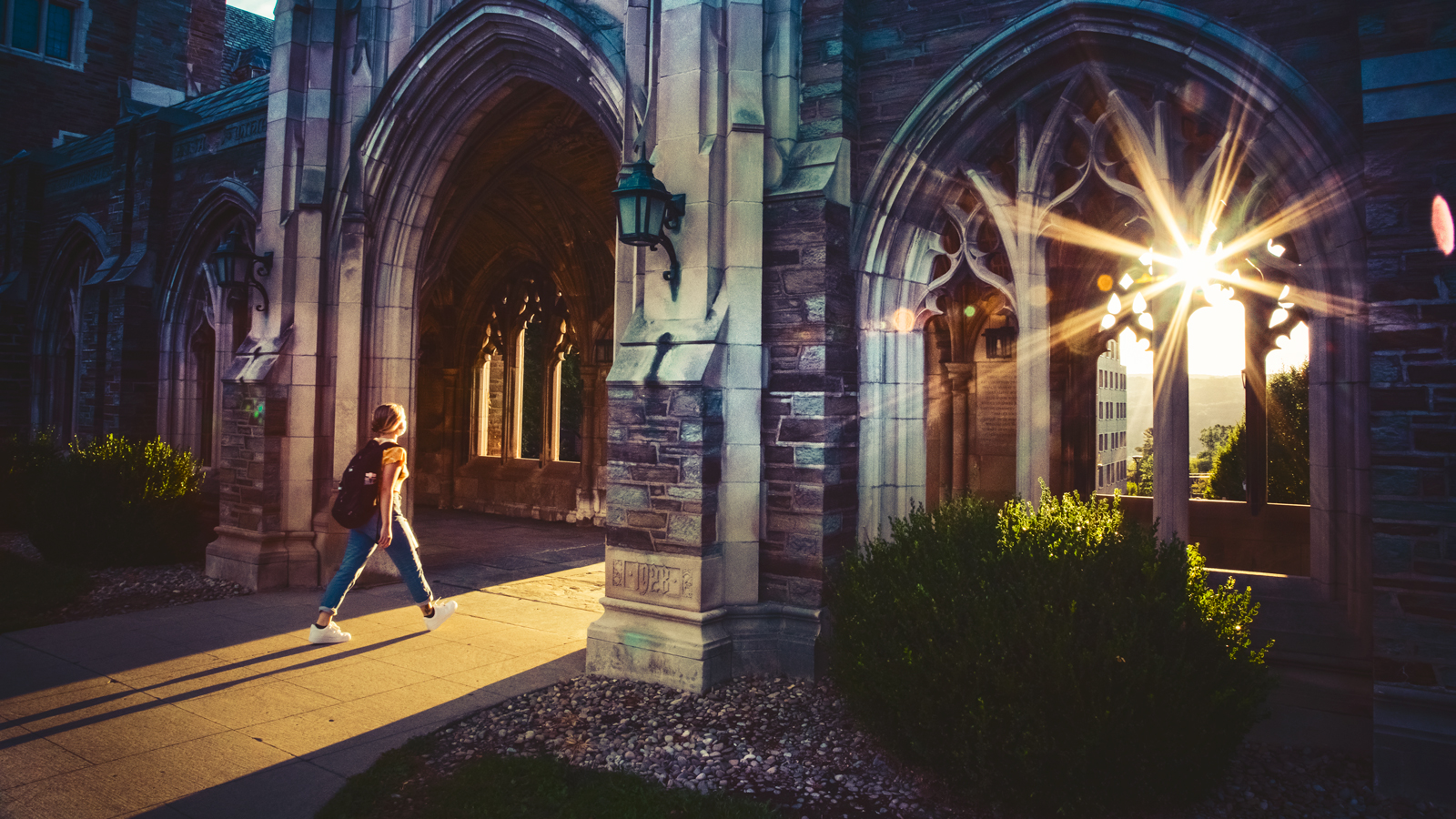
2021_1167_RY_023.CR2
Students walk through campus in the early evening of Tuesday, September 28, 2021.
Those who made the ultimate sacrifice are remembered throughout the Hill—in stone, bronze, glass, and even greenery
he University’s War Memorial, commemorating Cornellians who perished in World War I—then known as the Great War—was dedicated on May 23, 1931. The event, which made national news, included a live, coast-to-coast radio address by President Herbert Hoover.
“In this memorial, as in all our other memorials, we do not seek to glorify war or to perpetuate hatreds,” Hoover said, according to a front-page story in the New York Times. “We are commemorating not war, but the courage and the devotion and the sacrifice of those who gave their lives for their country.”
The ceremony wasn’t held on Memorial Day (then called Decoration Day and observed on May 30) but rather on the 14th anniversary of when the first WWI unit carried the American flag to the front. That unit, part of the American Ambulance Field Service, had strong ties to the Hill: comprising many Cornellians, it was organized and commanded by Capt. Edward Tinkham 1916.
“It was a vanguard of a mighty army of American youth that flowed across the Atlantic in the months that followed,” Hoover said. “In this army were 9,000 other Cornellians who followed Tinkham’s unit in the nation’s service. Two hundred and sixty-four of them did not return.”
“We are commemorating not war, but the courage and the devotion and the sacrifice of those who gave their lives for their country.”
–President Herbert Hoover
Nearly a century later, the War Memorial—located between Lyon and McFaddin halls—is both a campus landmark and a gateway to West Campus. And it’s just one of numerous such memorials throughout campus, honoring Cornellians who died in other U.S. wars and battles.
These range from the memorials in Anabel Taylor Hall that mark the hundreds of casualties suffered in World War II (and subsequent conflicts) to other plaques and cenotaphs, some honoring specific groups of Cornellians—and others an individual.
“Here, in the scenes which they loved, you have built a loving monument to their memory,” Hoover said at the 1931 dedication. “We cannot add to their glory, but we and our descendants will be the better for remembering them.”
Read on for a look at some of the tributes—in stone, plaques, and more—to Cornellians who died in battle.
→ Read the entire article on the Cornell University website here:
H/T: John Monahan
External Web Site Notice: This page contains information directly presented from an external source. The terms and conditions of this page may not be the same as those of this website. Click here to read the full disclaimer notice for external web sites. Thank you.
